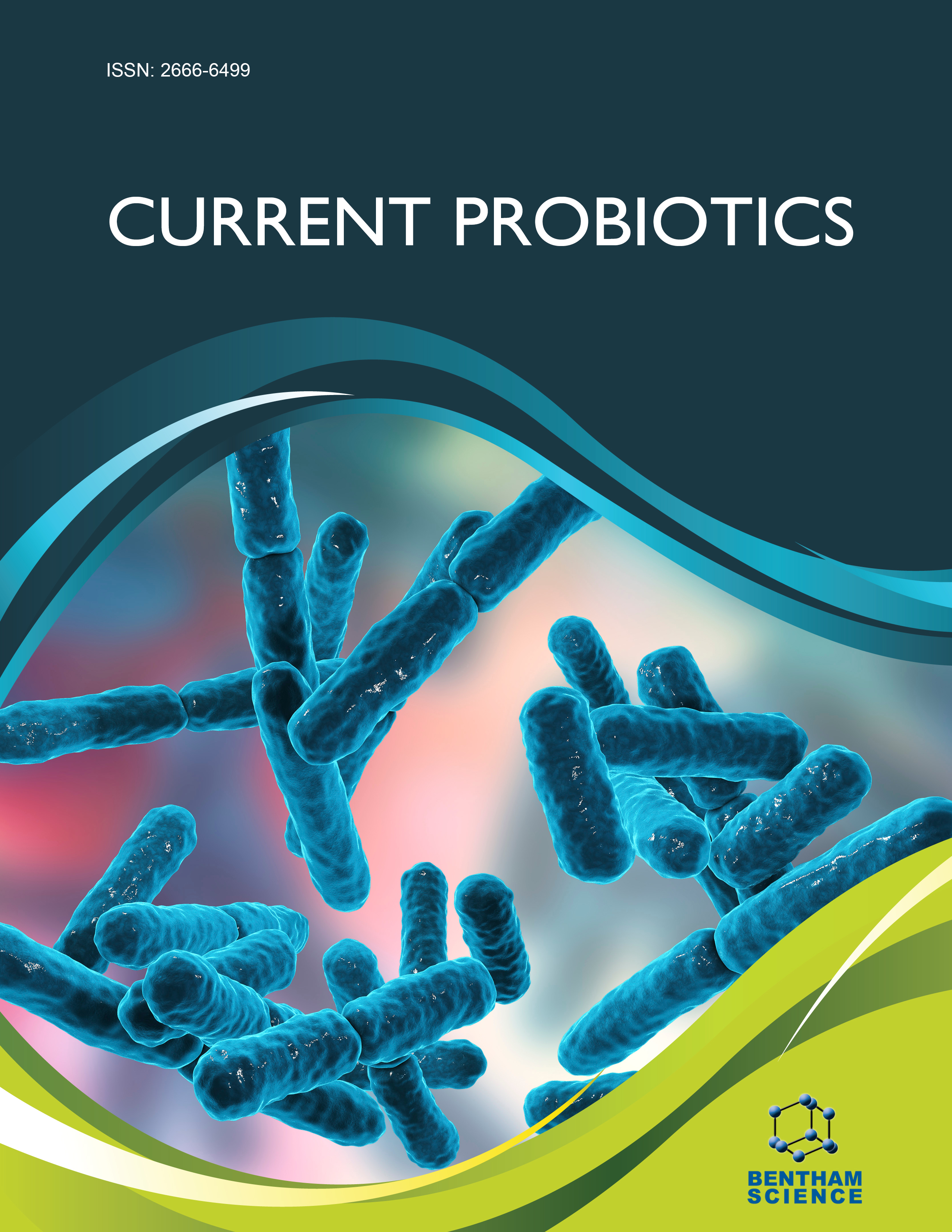
Full text loading...
We use cookies to track usage and preferences.I Understand
Humans serve as hosts for various species of microorganisms that contribute to the maintenance of human health. The beneficial bacteria residing in our bodies are referred to as probiotics. Besides improving the immune system, probiotics are also capable of warding off various diseases. In recent decades, probiotic microorganisms have emerged as a significant factor in human well-being. Popularly referred to as “health-friendly microorganisms,” they influence health in myriad ways by boosting the immune system, combating intestinal irritation, improving the balance of the gut microbiome, lowering blood pressure, relieving postmenopausal symptoms, and reducing traveler’s diarrhea. The ability of probiotics to compete for the adhesion sites of pathogenic microbes makes them an effective treatment against various intestinal pathogens. Recent studies also advocate their use in the treatment of skin and oral diseases. In addition, the modulation of gut flora by probiotics is being discussed as a possible new solution for treating tension and depression. Ultimately, a cost-effective approach is imperative to improve and maintain fitness in the present competitive environment. This review aims to evaluate the potential benefits of probiotic microorganisms in various disorders, such as gastrointestinal disorders, UTIs, acne, anticancer properties, gut-brain connections, and their possible mode of action.

Article metrics loading...

Full text loading...
References


Data & Media loading...

